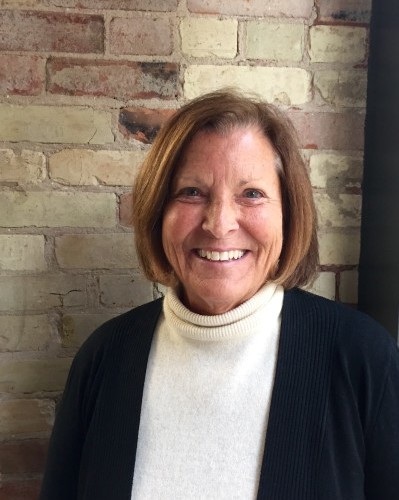While at CMF, Patterson led both the Improving Philanthropy Committee and the Increasing Philanthropy Committee, which looked for ways to improve access to, resources for, and an overall understanding of Michigan philanthropy. Patterson and the committees worked to address some of the challenges facing Michigan nonprofits, including changes in tax laws, staff/volunteer liability, and reduction of federal support. In particular, Patterson recalled that the group wanted to find ways to develop “advocacy for families of wealth to form some sort of formal giving unit and secondly, for there to be more academic and community support for formal giving.” This would later become known as Advisors to the Wealthy, a partnership with The Philanthropic Initiative (TPI) of Boston, to create resources that helped financial advisors provide guidance on philanthropic giving options and plans for their clients. In addition to Advisors to the Wealthy, the Improving Philanthropy Committee played a role in developing: 1) the Michigan Nonprofit Association; 2) Campus Compact; 3) academic training programs that grew into the Center for Philanthropy and Nonprofit Leadership at Grand Valley State University; 4) the K-12 Education in Philanthropy program (now known as Learning to Give); and 5) the annual Governor’s Service Awards.
The committee saw great potential for increased collaboration between existing Michigan nonprofits. An umbrella organization for nonprofit organizations was formed, now known as the Michigan Nonprofit Association (MNA). At its founding in 1990, MNA sought to encourage voluntary giving and service, disseminate information, advance public policy, and build nonprofit capacity.
Patterson’s team was influential in bringing Campus Compact to Michigan. The group recognized the need to strengthen student and youth volunteers. As a program within the newly formed MNA, Campus Compact helped to formalize how volunteers were trained, recruited, and retained, ultimately providing a strong pool of volunteers for local nonprofits to engage.
In addition, the committee looked for ways to strengthen the administration of nonprofits. They sought to do this by partnering with existing Michigan colleges to create academic programs to train nonprofit professionals. “At the time,” said Patterson, “Michigan did not have anything that prepared students academically to become administrators and active in nonprofit organizations. We were successful in getting some nonprofit administration programs going in a number of different colleges around; but I think most important of those was Don Lubbers, the university president, steering Grand Valley State University into really strengthening its social work department and also establishing the Dorothy Johnson Center on Philanthropy.”
Finally, Patterson and committee members increased nonprofit awareness by starting the annual Governor’s Service Awards. Since 1994, this award has honored individual volunteers who have made a significant impact on their community, in recognition of their achievements and helping to promote nonprofit accomplishments across the state.
Patterson served as the executive director for the Dyer-Ives Foundation, a family foundation, which sought to build capacity in organizations that address issues of systemic poverty, or that work to diminish a sense of isolation among residents of the central city of Grand Rapids, Michigan. The foundation closed in 2016 and donated its records to GVSU.















